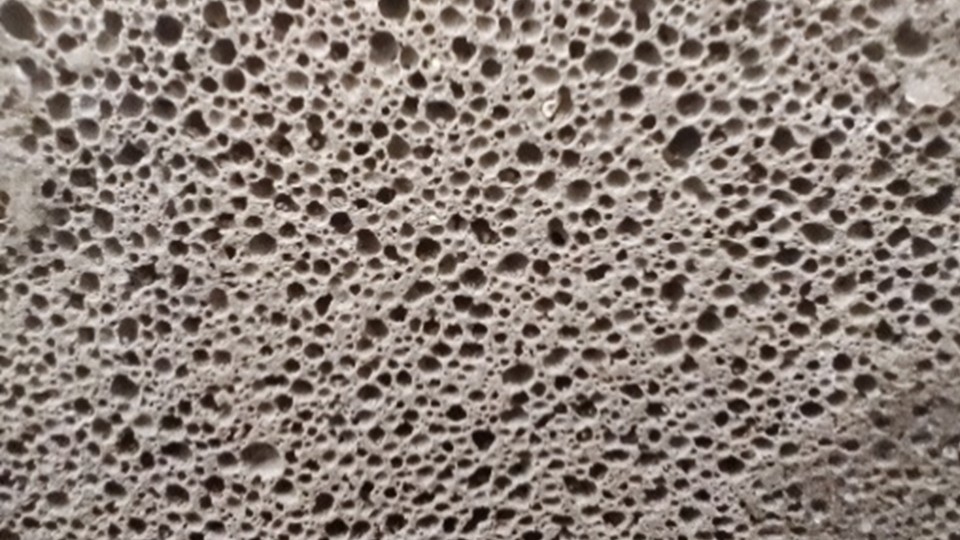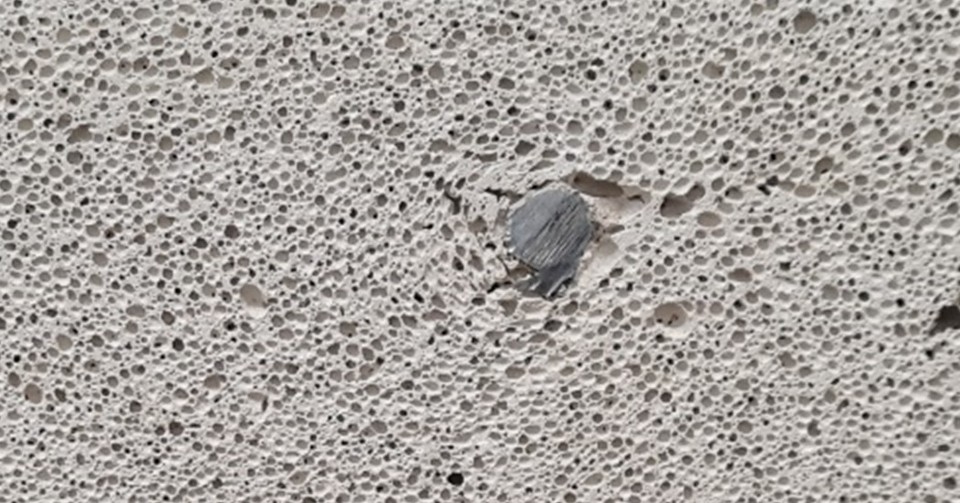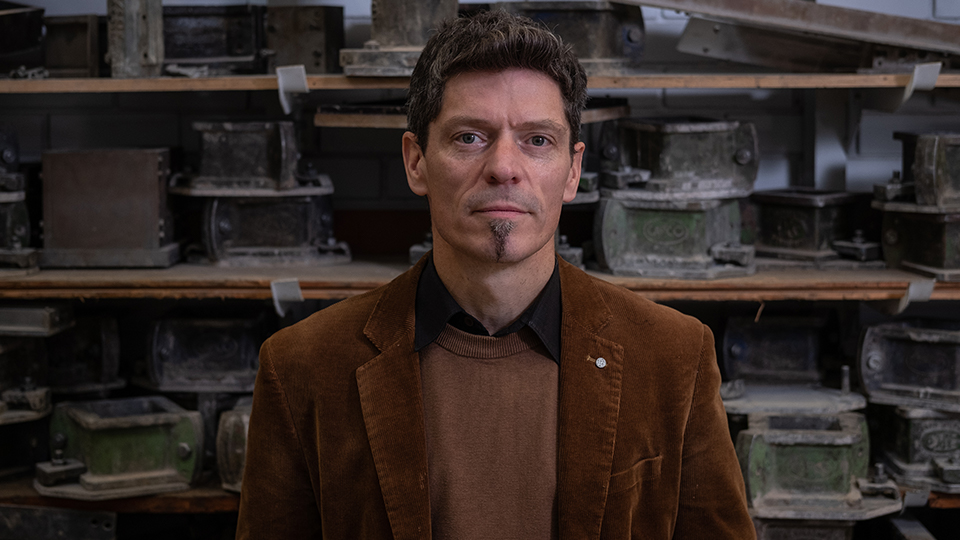Professor Goodier is part of the Loughborough team that leads a major national research project on RAAC funded by the NHS and advises several other major government departments.
He appeared on ITV News last night (16th) discussing RAAC and features in the ITV online report. Below he shares a more in-depth expert comment on the construction material.
RAAC and its history
Professor Goodier said: “Like many countries, the UK has an old building stock, which needs to be adequately repaired and maintained. In the post-war period the country built numerous new buildings with a variety of different methods, many of which are now feeling their age.
“One innovative construction material and process was RAAC: Reinforced Autoclaved Aerated Concrete, which is an aerated lightweight cementitious material with no coarse aggregate; the material properties and structural behaviour therefore differs significantly from ‘traditional’ reinforced concrete.
“Tens of 1000s of these structural panels exist across a broad cross-section of buildings, many constructed in the 1960s and 70s, and many are showing signs of wear and tear and deterioration. The vast majority form the roof of the structure, usually flat, and hence are difficult to access, survey, maintain and replace.”
 Close-up of RAAC.
Close-up of RAAC.
Why RAAC is considered a safety risk
Professor Goodier said: “The Standing Committee on Structural Safety (SCOSS) report issued in May 2019 highlighted the significant risk of failure of these planks. In September 2022, the Office of Government Property sent a ‘Safety Briefing Notice’ to all Property Leaders, regarding the dangers of RAAC, stating that ‘RAAC is now life-expired and liable to collapse’.
“It is therefore essential that those responsible for the management, maintenance or alteration of buildings know whether their buildings contain RAAC, and if they do not know, they should seek appropriate expert advice. If not properly managed, RAAC planks are structural building components with safety implications.
“It is RAAC from the 1950s, 60s and 70s that is of main concern, especially if it has not been adequately maintained. RAAC examples have been found with bearings (supports) which aren’t big enough, and RAAC with the steel reinforcement in the wrong place, both of which can have structural implications. Prolonged water ingress (not uncommon on old flat roofs) can also lead to deterioration.
“RAAC however, is still manufactured and installed all over the world and can be an appropriate construction material if properly designed, manufactured, installed, and maintained. Our research has shown however, that this is often not the case for RAAC panels constructed in the 1950s, 60s and 70s.”
What is being done nationally
“NHS England/Improvement is at the forefront of understanding and tackling the issue and have issued instructions requiring the removal of RAAC planks by 2030”, said Professor Goodier.
“Nationally there are seven Trusts that have buildings predominately constructed of RAAC. They have also commissioned research, led by Loughborough University, to help them better understand the unique nature of the material and the problem, and hence make appropriate decisions.
“The Department for Education (DfE) has requested all of the country’s 20,000+ schools to check if they contain RAAC, but some still have not, and hence urgently need to. Several have found RAAC and have been advised to seek expert guidance from a qualified Structural Engineer. The DfE has recently updated its guidance on how to find RAAC and what to do. In March 2022 the DfE opened a questionnaire in relation to RAAC in school buildings. Many responses are still outstanding however, and the LGA (Local Government Association) is strongly advising all responsible bodies to respond to the DfE RAAC survey as soon as possible.
“The Ministry of Defence also issued a safety alert in 2019 on the back of the SCOSS report and are also investigating the problem.
“The Institution of Structural Engineers currently has a RAAC Study Group and published guidance in February 2022, into which the research at Loughborough contributed. Updated guidance will be published in the next few weeks, which will be the most up-to-date and best guidance available.”
ITV have shared their report on RAAC in a YouTube video, in which Professor Goodier features. The video report can be viewed on YouTube and below.
More on Loughborough University RAAC research:
A research project into RAAC was commissioned by NHS England in 2022, concluding in May 2023 and is led by Loughborough University, with partners Sweco, Lucideon, CPT and IAconnects. The research team includes Professor Sergio Cavalaro and Dr Ana Blanco (structural performance and modelling), Professor Chris Gorse (surveying structures, data capture, defect classification and risk management) and Dr Karen Blay (digital data curation and management). Very little research has been conducted previously on old RAAC, hence minimal published literature and guidance exist on the inspection, maintenance and/or repair of AAC or RAAC. The best and most up-to-date guidance is the 2022 IStructE report.


